India needs to go big on Solar Cells now, to meet the Quantum Renewable Energy Demand
India needs to go big on Solar Cells now, to meet the Quantum Renewable Energy Demand

Dr. S. Maruthamuthu
Associate Professor in Physics
PSG i-Tech, Coimbatore
IISD's invited Distinguished Guest Blog
The energy demand in India is increasing exponentially with the growing population. The pandemic has indicated the importance of energy demand due to the drastic shift in the work culture of people. Now it is crucial for every Indian to think and act wisely on harvesting the required energy for their household needs. The ideal way to exhibit this task is through the solar energy, which India is endowed with vast potential. Of course, the Government of India have framed up many policies and plans to be executed through the Ministry of New and Renewable Energy. However, it is the responsibility for every individual to transform within to make this country a renewably self-sustainable nation.
India's land area is unique and vital, as the country receives 5,000 trillion kWh of solar energy per year. Also, major part of the lands will receive 4-7 kWh per sq. m per day. When this vast amount of energy inflow is significantly equipped to harvest the solar photovoltaic power, they can cater to the energy needs of both rural and urban India. Solar PV is highly competitive when compared to other renewable energy sources and it is envisioned to have an annual growth of 15% between 2021 and 2030.
Crystalline Silicon (c-Si) based solar cells dominate the market share with 95 % and the thin film technologies account to the 5%. However, thin film solar cells are 300 to 350 time smaller than standard solar panels. Thus it can be highly flexible and can be used in critical places for energy harvest using modern technology. But solar cells based on thin film technology have lesser efficiency that c-Si PV systems.
Even the pandemic has not affected the global demand of c-Si cell and PV module, which was increased to over 300 GWp. This was due to the "passivated emitter and rear contact" PERC capacity expansions. The shift in the market of solar cells happens with c-Si module to mono-Si, which moves ahead parallelly with newly designed products employing M6, M10 and M12 wafer formats. This transition is advocated with the rapid spread out of bifacial module technology. These shifts have given higher average module efficiency in the solar cells, thanks to the technology involving PERC and half-cell interconnected module. However, the cost reduction in the solar cells would attract more people to implement the self-sustained model of energy harvest. The photovoltaic (PV) industries focus on the cell perfections, enhanced wafer material, improved front and rear sides of cell, bifacial cell concepts and new cell technologies to reduce the manufacturing cost of solar cells. In the current scenario the module area efficiency could reach up to 20% for the p-type mono silicon based solar cells. However, the heterojunction (HJT) based n-type modules can give an efficiency of 21%. Interestingly, the Si based Tandem cells and modules are expected to have a 22.5% of efficiency when they are rolled out in mass production around 2023. The following table shows the most efficient solar panels available in market.
S.No | Make | Model | Power | Efficiency |
1 | SunPower | Maxeon 3 | 400 W | 22.8 % |
2 | LG | Neon R | 380 W | 22.0 % |
3 | REC | Alpha Pure | 405W | 21.9 % |
4 | Panasonic | EverVolt | 380 W | 21.7 % |
5 | Silfab Solar | Elite BK | 405 W | 21.4 % |
6 | Jinko Solar | Tiger N-type 66TR | 410 W | 21.4 % |
7 | FuturaSun | FU M Zebra | 360 W | 21.3 % |
8 | Hyundai | HiE-S400UF | 400 W | 21.3 % |
9 | Trina Solar | Vertex S | 405 W | 21.1 % |
10 | SPIC Solar | Andromeda | 355 W | 21.0 % |
The promising efficiency of the solar cells with the reduced price is a positive sign for change over that every individual can think about. Fig 1 shows the price trend for mono-Si modules, which dropped up to 20% during 2020 and this indicates the accelerated transition towards the mono-Si. These are encouraging facts for every Indian citizen to explore further and utilize the opportunity to install the solar panels on the household rooftop as it would turn every home into power stations. These collective actions will not only transform the lives of millions of Indianseconomically, it will uplift the country on the global stage in terms of channelizing the energy utilization. A massive solar rooftop in the household of every Indian citizen will be a model for the developing nations in reducing the carbon footprints which would also help the nation to climb on the economic ladder with a great pace.
A proper understanding of the technology and its benefits will erase certain myths like solar panel is for the rich and it's very expensive. Government schemes and projects with subsidy should be utilized by the citizens of India to support the mission in making India a unique nation in nurturing the Mother Nature. We need to understand that in such a densely populated nation, it will be Hercules task to install larger solar grids. However, only 12% of the installation cost of the solar panels have to be paid by the house owner. Mover over,the user can utilize 25% of the generated electricity and the rest goes to the grid. The fact is that India is one among the top three nation in energy usage, but down the list on per-capita basis. As educated citizensevery individual should act fast for better future. If an individual isjust aware about the solar energy and its importance, what he know is only an information. A true knowledge should transform the information in the direction of action. With a goal of transition to clean energy, this model can create a path for sustainable growth, enhancing the prosperity with clean green future.

Fig 1. Price trend for mono-Si modules
With around 300 sunny days a year, a small step towards sustainability can make a big impact in the energy sector which would drive the nation with more pace. In the next two decades the India's fuel import bill will be triple with current policies. It is worth mentioning that we are among the only few nations who are on track as per the targets set in Paris agreement (COP 21). India could be the next storage powerhouse and this can be realized by following the sustainable path which can meet the Quantum Renewable Energy Demand.
Dr. S. Maruthamuthu is an Associate Professor in Physics at PSG i-Tech, Coimbatore.
This is an IISD's Invited Guest Blog, under Distinguished Personality Category.
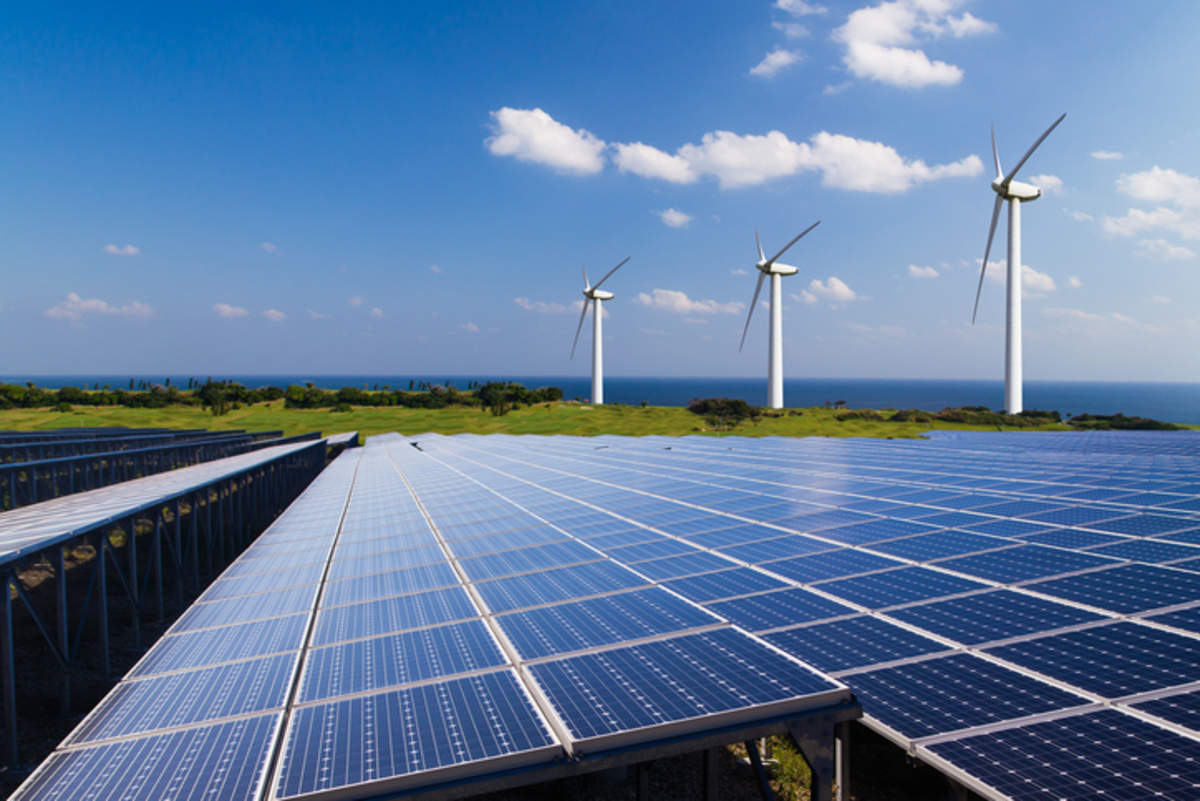

Solar cells are made up of a number of layers, including doped silicon layers, metal electrodes, an anti-reflection coating and a transparent protective layer.
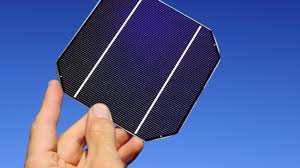
Photovoltaic cells have become much cheaper in recent years, which has encouraged the use of solar energy.
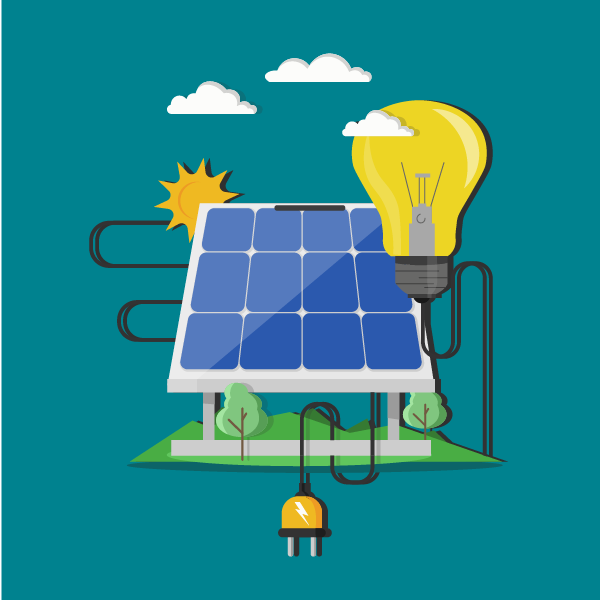
Electricity Generation from Solar Cells: illustration (axel2001, iStockphoto)
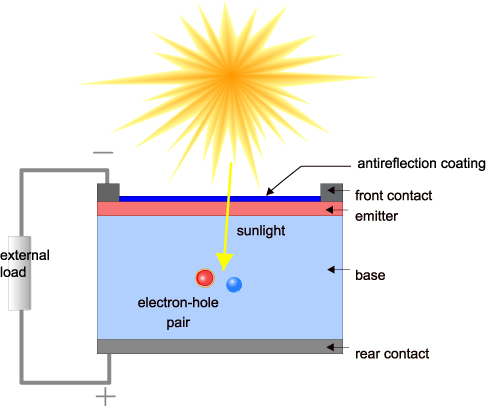
Cross section of a solar cells
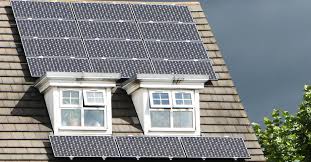
Solar Cells in the Rooftop

Bihar Announces Empanelment Tender for 15 MW of Rooftop Solar Systems










